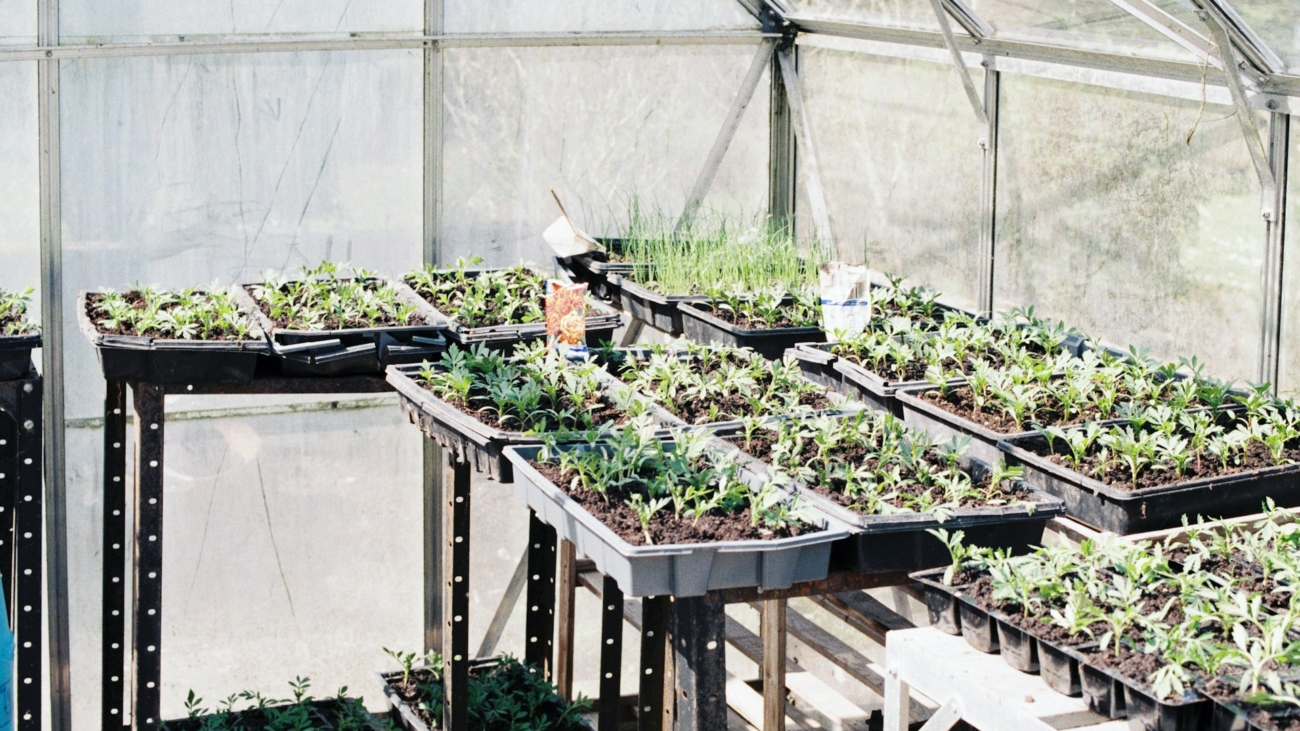Principles of Permaculture Design
Permaculture design is guided by several core principles that ensure the creation of balanced and productive ecosystems:
- Observe and Interact: Understanding the natural environment and its processes is fundamental. Observation helps identify patterns and interactions within the ecosystem, allowing for informed design decisions.
- Catch and Store Energy: Utilizing renewable energy sources and storing excess energy is crucial for maintaining system resilience. This can include solar energy, water storage, and biomass.
- Obtain a Yield: Systems should be designed to produce a yield that meets the needs of the inhabitants. This includes food, fiber, fuel, and other resources.
- Apply Self-Regulation and Accept Feedback: Monitoring and adjusting the system based on feedback ensures long-term sustainability and productivity.
- Use and Value Renewable Resources: Prioritizing renewable resources over non-renewable ones reduces environmental impact and enhances system sustainability.
- Produce No Waste: Designing systems to recycle nutrients and materials minimizes waste and maximizes resource efficiency.
- Design from Patterns to Details: Understanding large-scale patterns before focusing on specific details helps create cohesive and effective designs.
- Integrate Rather than Segregate: Integrating diverse elements creates beneficial relationships and improves system resilience.
- Use Small and Slow Solutions: Small-scale interventions are easier to manage and adapt, leading to more sustainable outcomes.
- Use and Value Diversity: Biodiversity enhances ecosystem stability, resilience, and productivity.
- Use Edges and Value the Marginal: The interfaces between different elements (e.g., land and water) are often the most productive and should be utilized effectively.
- Creatively Use and Respond to Change: Embracing change and using it as an opportunity for innovation and improvement is key to permaculture.
Techniques in Permaculture Design
Several techniques are employed in permaculture design to create self-sustaining ecosystems:
- Zone Planning: Dividing the land into zones based on usage intensity helps optimize resource allocation and reduce labor. Zones range from Zone 0 (the home) to Zone 5 (wilderness).
- Guild Planting: Grouping compatible plants together in guilds promotes mutual benefits such as pest control, nutrient cycling, and improved growth.
- Swales and Keyline Design: Implementing swales and keyline patterns for water management enhances soil moisture, reduces erosion, and promotes groundwater recharge.
- Forest Gardens: Designing multi-layered gardens that mimic natural forests increases biodiversity, reduces maintenance, and provides a variety of yields.
- Hugelkultur: Building raised garden beds with decaying wood and organic matter improves soil fertility, water retention, and plant health.
- Polyculture and Crop Rotation: Growing multiple species together and rotating crops reduces pest and disease pressures, improves soil health, and increases yields.
- Aquaponics and Aquaculture: Integrating fish farming with plant cultivation creates a closed-loop system where fish waste fertilizes plants, and plants filter water for fish.
- Natural Building: Using locally sourced and sustainable materials for construction reduces environmental impact and promotes harmony with the environment.
- Renewable Energy Systems: Incorporating solar, wind, and other renewable energy sources reduces reliance on non-renewable resources and enhances system resilience.
- Composting and Vermiculture: Recycling organic waste through composting and vermiculture (worm farming) enriches soil fertility and reduces waste.
Benefits of Permaculture Design
Permaculture design offers numerous benefits for agricultural systems:
- Sustainability: By mimicking natural processes, permaculture systems require fewer external inputs and are more sustainable in the long term.
- Resilience: Diverse and integrated systems are more resilient to environmental stresses such as pests, diseases, and climate change.
- Soil Health: Techniques like composting, cover cropping, and reduced tillage improve soil structure, fertility, and biodiversity.
- Water Management: Efficient water use and management practices enhance soil moisture, reduce erosion, and promote groundwater recharge.
- Biodiversity: Promoting plant and animal diversity enhances ecosystem stability, resilience, and productivity.
- Reduced Waste: By recycling nutrients and materials, permaculture systems minimize waste and maximize resource efficiency.
- Economic Viability: Reduced input costs and diversified yields improve the economic viability of permaculture farms.
- Community and Education: Permaculture promotes community involvement and education, fostering a greater connection to the land and sustainable practices.
Case Studies
- Zaytuna Farm, Australia: Managed by permaculture co-originator Geoff Lawton, Zaytuna Farm is a showcase of permaculture principles and techniques, demonstrating the viability of sustainable agriculture.
- Mollison’s Tagari Farm, Australia: Founded by permaculture co-originator Bill Mollison, Tagari Farm is an educational and demonstration site for permaculture design and practices.
- Los Angeles Ecovillage, USA: An urban example of permaculture design, Los Angeles Ecovillage integrates sustainable living practices into a dense urban environment.
Conclusion
Permaculture design offers a holistic and sustainable approach to agriculture that mimics natural processes and incorporates a diverse range of plants and animals. By following core principles and employing a variety of techniques, permaculture systems enhance sustainability, resilience, and productivity. As the global population continues to grow and environmental challenges intensify, permaculture presents a viable and compelling solution for creating self-sustaining agricultural ecosystems.

